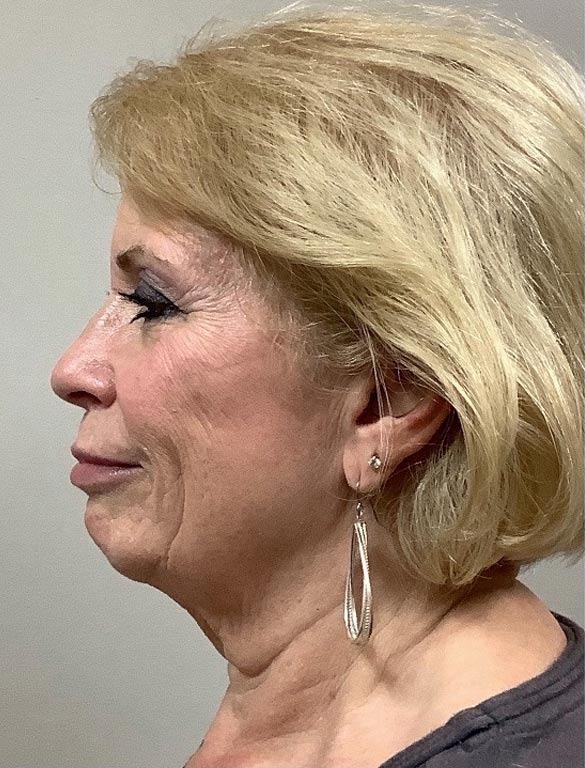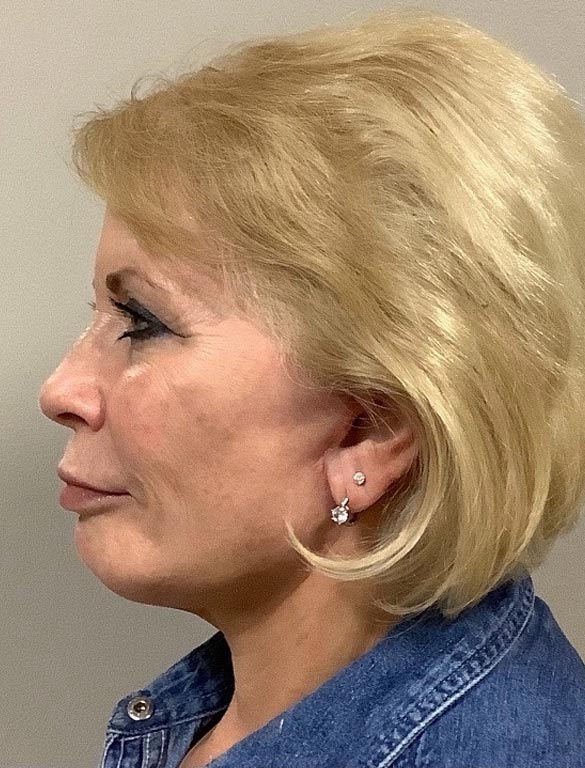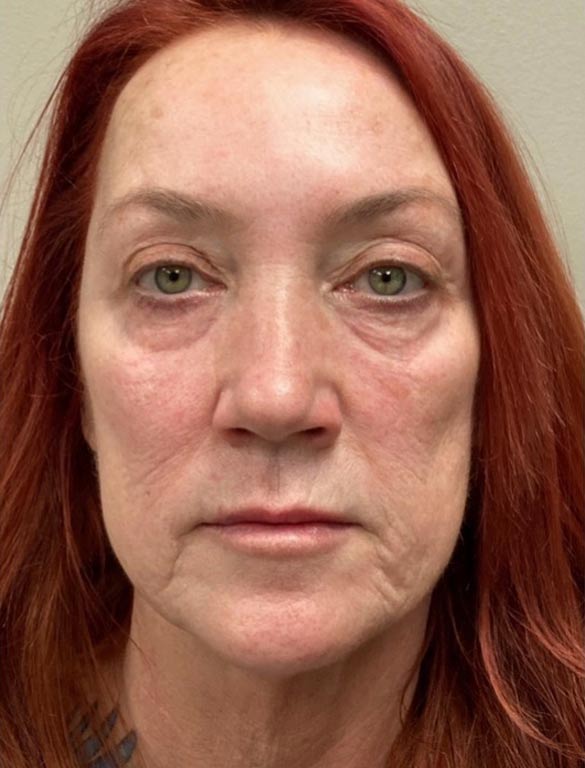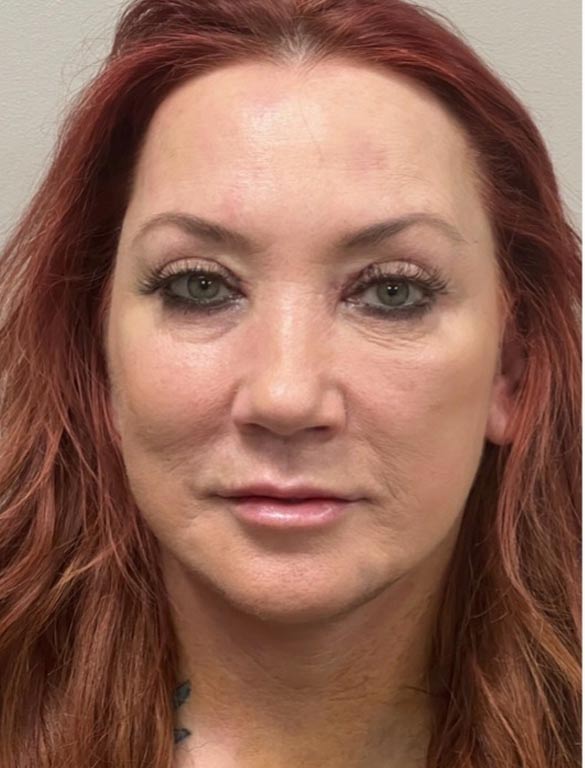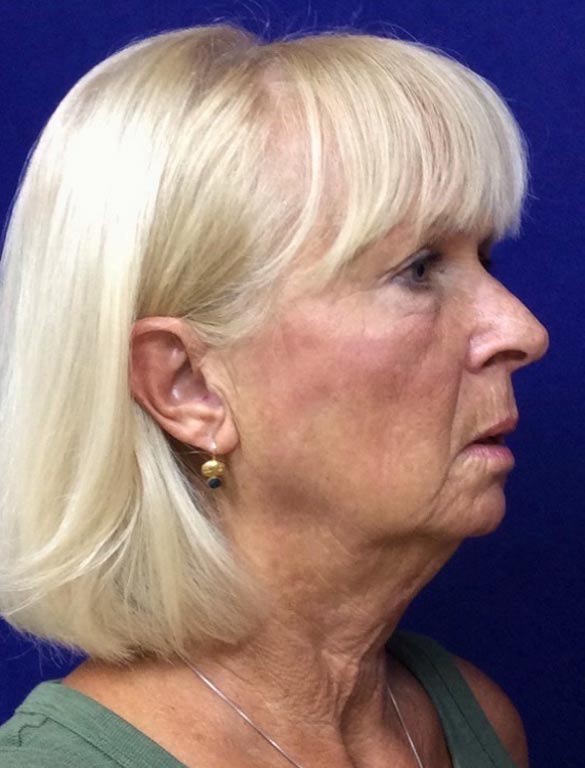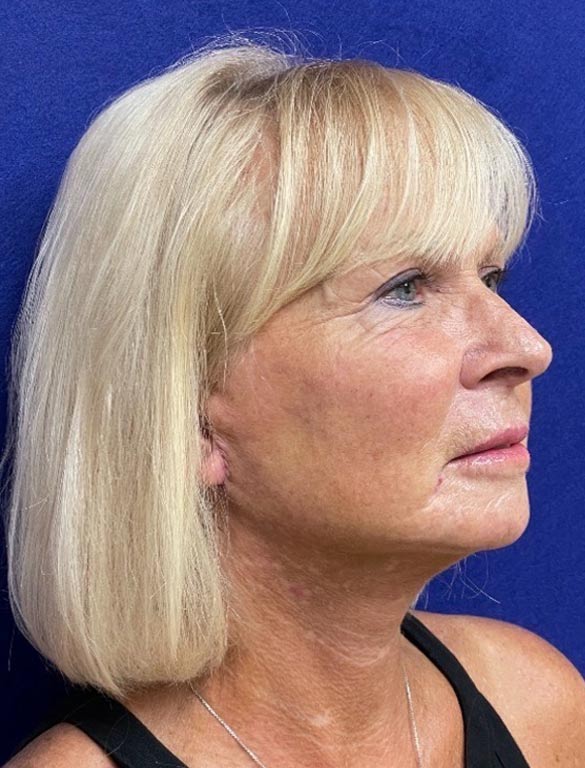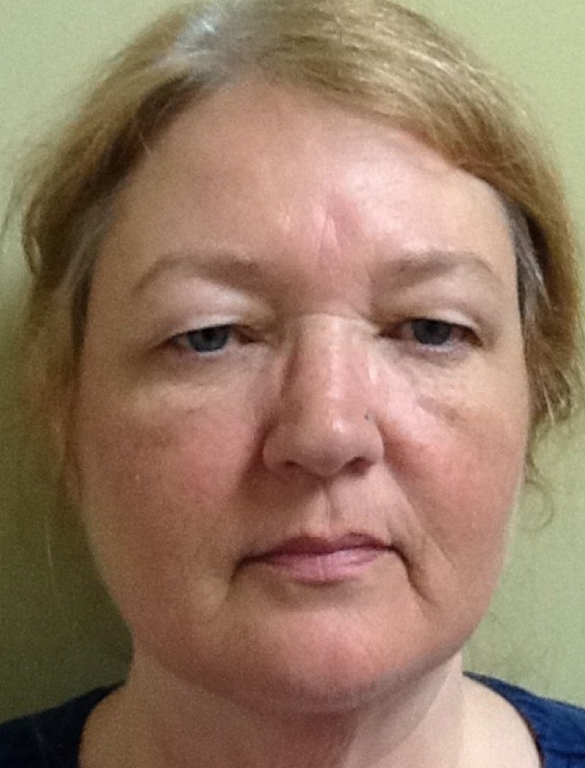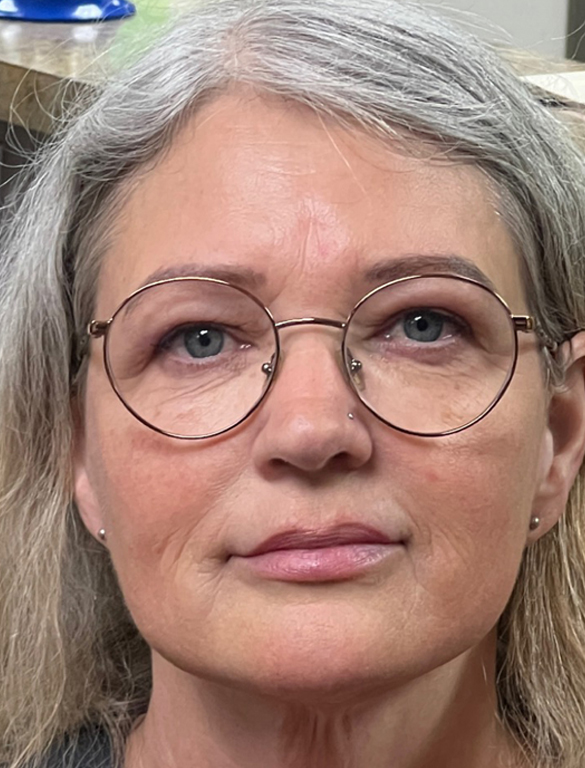Wart Treatment
Conveniently located to serve the areas of Fenton, Sterling, Livonia and San Diego, CA

Most warts are usually raised with a rough surface; however, some can be flat and smooth, and not knowing how to get rid of a wart is common. While warts can be spread through direct contact, not everyone exposed to a wart will develop one.
Contents
Warts at a Glance
- Types of Warts:
- Common Warts
- Flat Warts
- Plantar Warts
- Subungual/Periungual Warts
- Genital Warts
- Wart Treatments:
- Topical Medication
- Surgical Removal
- Cryotherapy
About Warts
Common warts are usually cauliflower topped bumps, most often found on the hands, but can grow anywhere. Another common wart is the flat wart with a flat, smooth surface usually found on the forehead and face.
Plantar warts are rough and spongy with dark pinpoints. The color ranges from gray, brown, yellow or skin-colored. These warts are usually found on the ball, heel, or sole of the foot and can make walking or running painful.
Subungual and periungual warts are rough in texture and are commonly seen around the toenails and fingernails. These types of warts are usually found underneath the fingernails and toenails. If left untreated, these warts can grow and become increasingly painful – they may even cause the nail to detach from the nail bed. To avoid these circumstances, it’s best to learn how to remove a wart of this nature earlier than later.
Genital Warts
Genital warts are also known as penile warts, vaginal warts, rectal warts, and anal warts. These are usually single or multiple bumps that appear in the genital area. They usually look like small growths, and are very contagious.
Genital warts, also known as penile warts, vaginal warts, rectal warts, and anal warts are symptoms of a highly contagious sexually transmitted disease caused by certain types of human papillomavirus.
Where Do Genital Warts Occur?
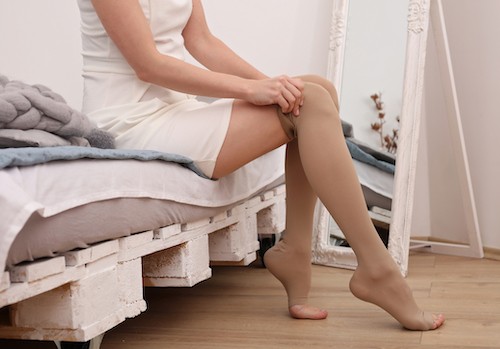
Genital and HPV warts can occur singly, but are usually found in clusters. They can be found anywhere in the genital or anal area. Frequently they are found on external surfaces including the penile shaft, scrotum, labia majora, or around the anus. They can also be found on internal areas such as inside the vagina, on the cervix, or in the opening of the urethra on women. In men, they are often located on or around the head of the penis.
Genital warts can be small (about 1 to 5 millimeters in diameter), but can grow or spread into large masses. Sometimes they will take on the appearance of small stalks. These warts can be hard or soft, and than can vary in color.
In the majority of cases, genital warts are the only symptom of an HPV infection. They can also cause itching, redness, or discomfort, especially when they are located around the anus. While there are usually no other physical symptoms, genital wart outbreaks can cause psychological distress, including anxiety.
Genital warts are highly contagious and spread through oral, genital, or anal sex with an infected partner.
It is very important to get checked for HPV. Certain types of the virus that causes genital warts can cause cervical cancer in women, and penile and anal cancer in men. Additionally, both men and women are susceptible to oropharyngeal cancers.
HPV And Genital Warts Treatment
There are different genital warts and HPV treatments depending on the location and size of the warts. These treatments include medication, surgical removal, or cryotherapy. While these treatments will treat the symptoms and discomfort of the virus, it will not eliminate the HPV virus, and does not lower the chances of passing HPV on to a partner, because a cure has yet to be found. However, genital warts treatment should still be a high priority if you suffer from this affliction.
The staff at The Skin & Vein Center can often diagnose HPV warts through a direct visual examination. Because these are highly contagious, it is important to get the proper treatment and follow up.
Treatment
There are several different treatments for warts depending on such things as types of warts, size, and location. These treatments include:
• Medication
• Surgical removal
• Cryotherapy
Depending on the types of warts being treated, multiple procedures may be necessary for full resolution.
Natural Remedies
Warts; they’re unsightly, and can be contagious. It’s no wonder no one likes them! Even so, it can be tempting to avoid visiting a doctor for something that isn’t usually dangerous. There are home remedies using natural ingredients you can use to tackle these nasty growths—but consider that many of these are not medically tested. Read and discover for yourself how to treat warts naturally or with medical treatments.
Garlic
Create a paste of fresh garlic and water, apply the paste to the wart, and stick a bandage on top of it. Reapply every few hours. Some people swear by this method.
Potato
A centuries-old natural wart remedy is that rubbing the inside of a raw potato against the wart will help get rid of it. This could be worth trying since it can’t hurt. But, it’s not something a qualified doctor will usually recommend.
Crush a Vitamin C or Aspirin Tablet
These work as weaker forms of the common, but more abrasive, salicylic acid treatment. You crush up a tablet of either vitamin C or aspirin and add enough moisture to make a paste. Then, you apply the paste to the wart and cover it with a bandage. Some prefer to wear these bandages overnight, while others recommend applying it regularly throughout the day until the wart is gone.
Honey
Slather honey on the wart. Cover the wart in about a teaspoon of raw honey, applying with a bandage. Leave it for 24 hours. The idea is that the honey will deprive the wart of oxygen, much like duct tape treatments are assumed to work. While some recommend the type of honey with the strongest antibacterial properties, remember that warts are viral and so this natural wart treatment will not address their cause.
A “Smoke Box”
To do this, you’ll need the leaves of the populus euphratica tree and space outdoors for a safe fire. You burn the poplar leaves for a few minutes, then cover them to snuff out the fire before placing the hands (or feet, for plantar warts) a half-foot above the smoldering leaves, waiting about 15 minutes. For many, this has proven to be as effective as cryotherapy. However, whether or not it works for as many people is up for debate.
How to Treat Warts Naturally
Warts are notoriously stubborn, so if none of these natural remedies for warts work, come talk to Dr. Seiger. He’s seen plenty of warts over the years, and has plenty of techniques and back-up techniques to keep your skin bump-free. Call us at 800-400-8346 to set up an appointment and get rid of your warts!
If you are tired of suffering with warts, call us at the Skin & Vein Center at 800-400-VEIN. Schedule a consultation to find the best treatment for you! We will show you how to remove a wart and clear your skin up today!
We treat all dermatological conditions and perform everything from minor procedures such as eczema treatments to very advanced procedures including large excisions and MOHs surgery for skin cancer. We are also experts in cosmetic surgery! We treat patients of all ages and we accept most insurances.

